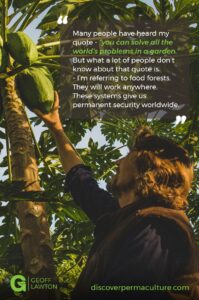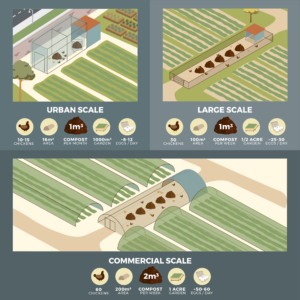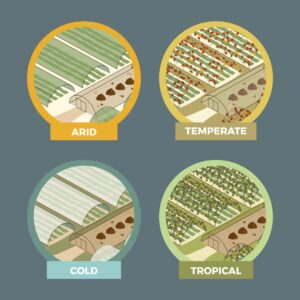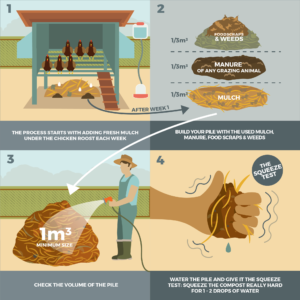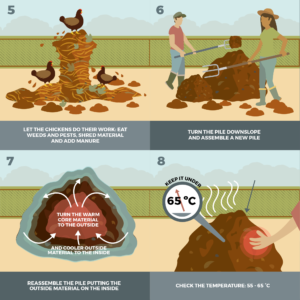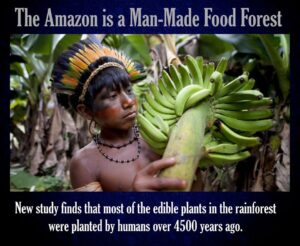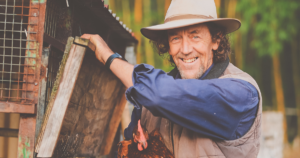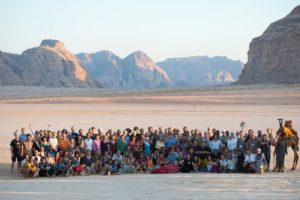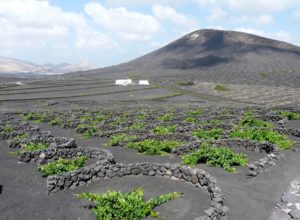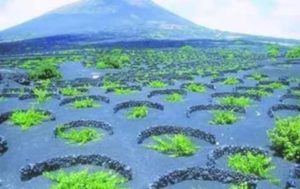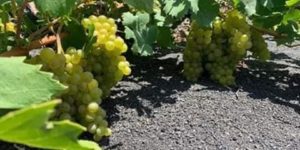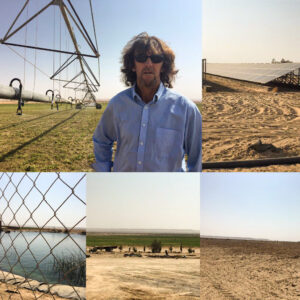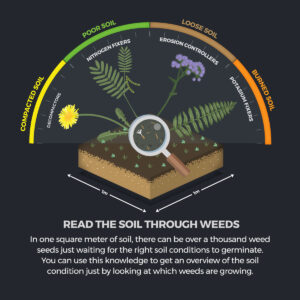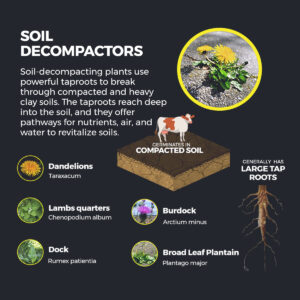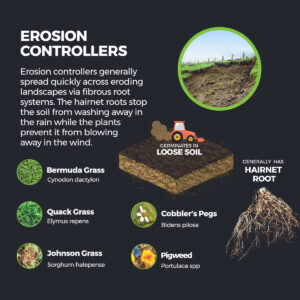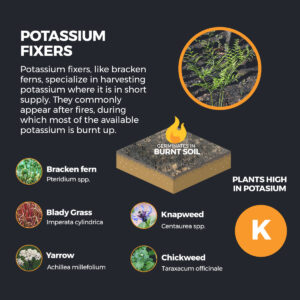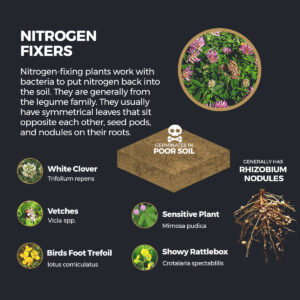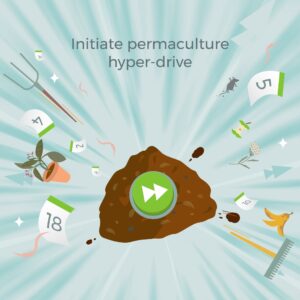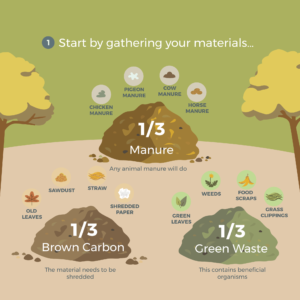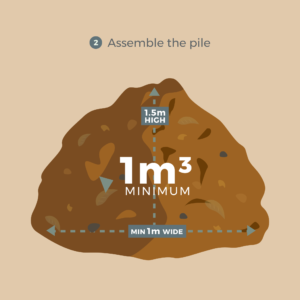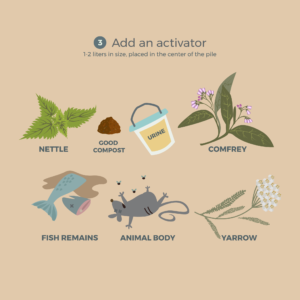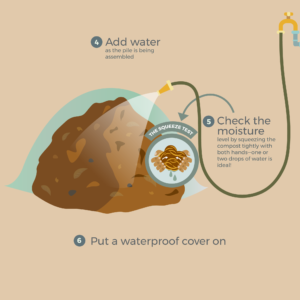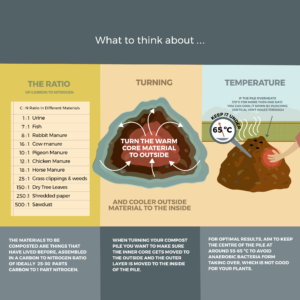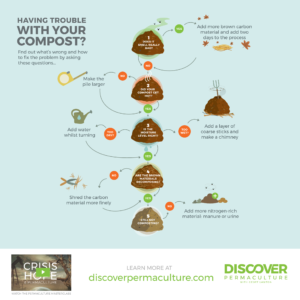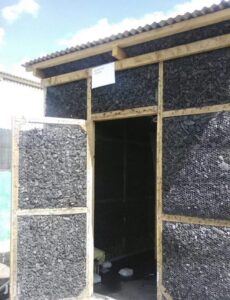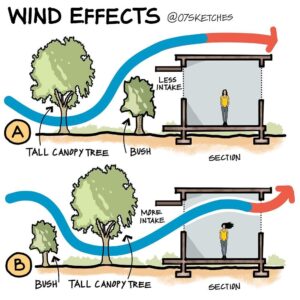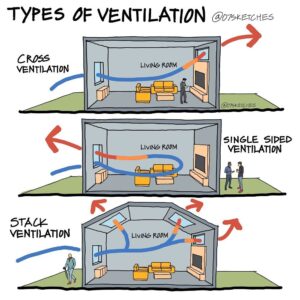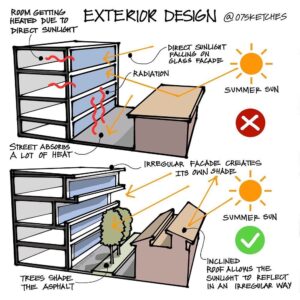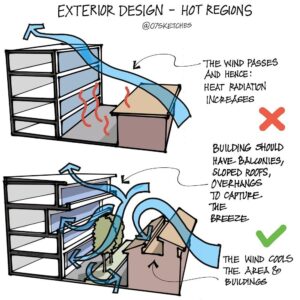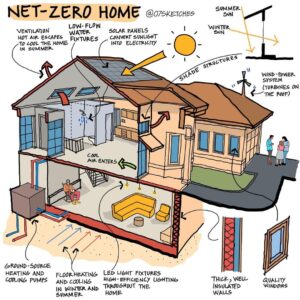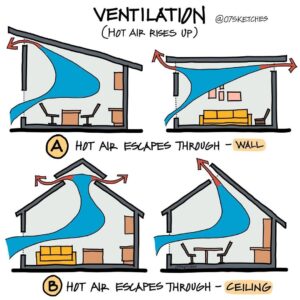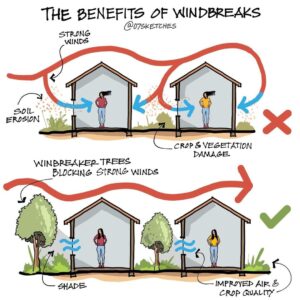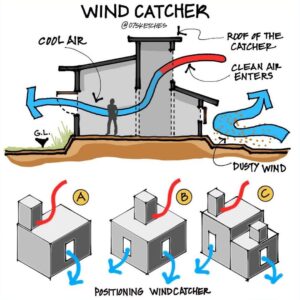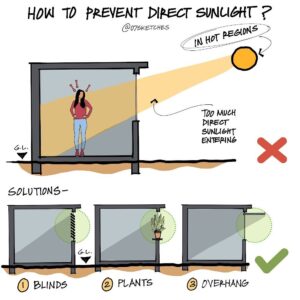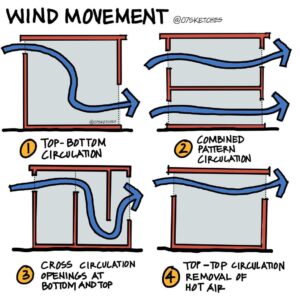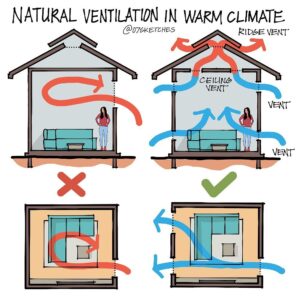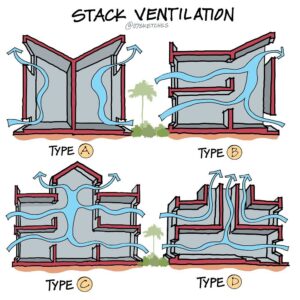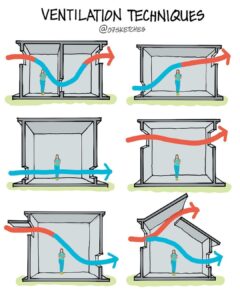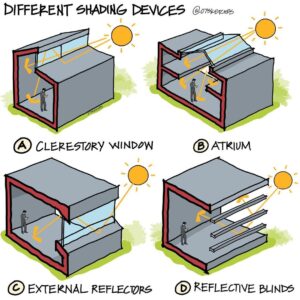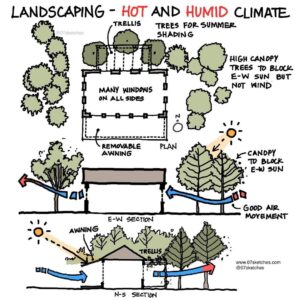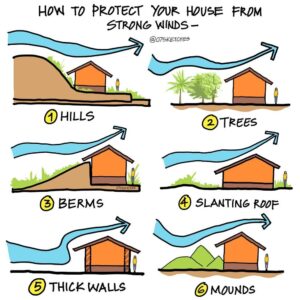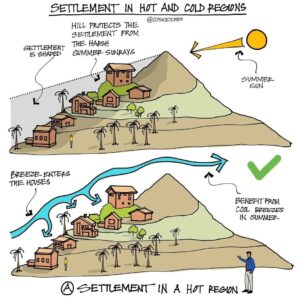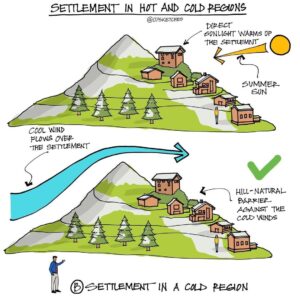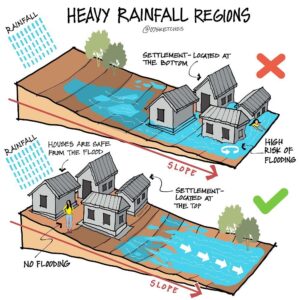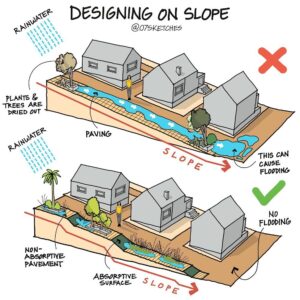
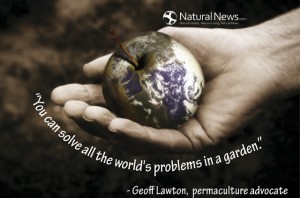

The Forested Garden: What is a Food Forest?
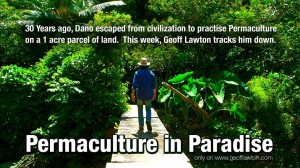
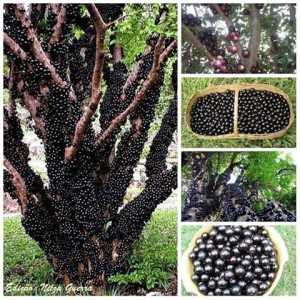
Jaboticaba, one the great food forest
trees of the world.
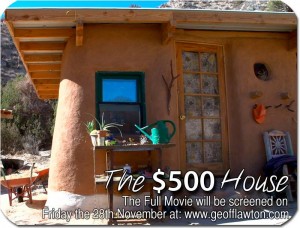

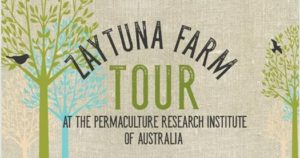
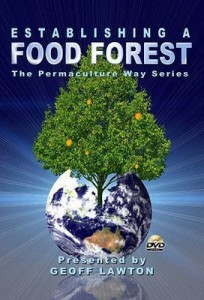

ZAYTUNA FARM
Theory in Practice: A Tour of Zaytuna Farm
Permaculture: Positive Change for a World in Crisis
Engaging in Permaculture Design
Permaculture Masterclass: A Four-Part Series
We’re Surrounded by Bananas 🍌🍌🍌Pattern Understanding [OPDC Preview]
Geoff Lawton’s Chicken Tractor on Steroids
Chickens In The FOOD FOREST, Permaculture Gardening With Chickens
MUSTERGEFLÜGELHOF
Flood Update It hasn’t stopped raining for almost two weeks
GEOFF LAWTON’S PERMACULTURE DESIGN COURSE
Online vs. Onsite Permaculture Courses: Which is Better?
Green is the New Silver (Lining):
Crisis, Hope and Permaculture
Green is the New Silver (Lining): Crisis, Hope and Permaculture
GEOFF LAWTON’S PERMACULTURE DESIGN COURSE
zaytuna farm permaculture design course.mov
Geoff Lawton’s Zaytuna Farm Video Tour Part I, 2012
Geoff Lawton’s Zaytuna Farm Video Tour Part II, 2013
Zatuna Farm Tour 2014
Zaytuna Farm Tour
#15 What if we change – Perennial Paradise – Zaytuna Farm
Downsizing the Kitchen Garden with Cover Crop
Volunteer Roisin is seeding vetch, a cover crop,
to a future food forest at @zaytunafarm.
New and old water harvesting features at Zaytuna Farm
How trees make rain
Inspiring Diversity
Los Cedros and Mining in Ecuador’s Rainforests
Island Earth – Ahupua’a System
How to Create a Permaculture Design!
Q&A: How to Begin Large-Scale Water Catchment Systems
How to Green The Desert With Geoff Lawton
Worm Tower with Geoff Lawton
Let me take you for a walk through the main crop chicken composting system at…
All Nitrogen Fixers Are Not Created Equal
Thriving 23-Year-Old Permaculture Food Forest – An Invitation for Wildness
Der Waldgarten: Was ist das?
Two Year Forest Garden Update
Curso de Permacultura de Bill Mollison y Geoff Lawton. Parte I
Curso de Permacultura de Bill Mollison y Geoff Lawton. Parte II
Curso de Permacultura de Bill Mollison y Geoff Lawton. Parte III
Curso de Permacultura de Bill Mollison y Geoff Lawton. Parte IV
Geoff Lawton, on Urban Permaculture Possibilities
Common Composting Problems and Solutions
Food Forest Open Source Portal
Island Earth- Ahupua’a System
Establishing a Food Forest DVD Promo
Establishing a Food Forest the Permaculture Way (2008)
Der Waldgarten: Was ist das?
2000 Year Old Food Forest Feeds 800 Farmers
Vietnamese 300 Year Old Food Forest with Geoff Lawton
Empty Gardens Into Lush Green Forests
How to grow a forest in your backyard
All About Weeds
Permaculture Is Bringing Farming Back To Basics | This New World
Geoff Lawton’s PRI Zaytuna Farm Tour – Apr/May 2012
Using Chickens to Control Pests in a Food Forest
Towards Permaculture Centres Worldwide
Geoff Lawton From Prairie to Monoculture
Permaculture Behind Greening the Desert with Geoff Lawton
Small Dam/Pond Installation by Geoff Lawton on October 2011
Heal the land, grow food security
Lawton’s Guide To Permaculture Design and Strategy
7 Food Forests in 7 Minutes with Geoff Lawton
Food Forest Stages
Geoff Lawton on Aquaculture
Redesigning an Urban House – Geoff Lawton (2011)
Permaculture Principles in Application ‒ Geoff Lawton
Rapidly-Cut Swales with Tractor Blade
Insulated Straw Bale Chicken House
#Permaculture is an ethical design science. It is a system that supplies all the needs of humanity — all the basic needs and all the intricate needs — in a way that also benefits the environment. It works from the intimate small space of human habitat right up to the broad, damaged ecosystems which can be repaired with the design science system.
Don’t let your chickens cross the road 🙂
Gemüsepflanzen aus dem Ei
After the largest flood since records began in 1880, Geoff set out to repair and flood proof the landscape during the latest Earthworks and Water Harvesting course at @Zaytuna Farm. Watch the video „Zaytuna Farm Vs. the Flood of 2022“ (https://www.youtube.com/watch?v=XIn00ihb3hU) to see the impact these flood waters had on the property.
The reference left by the water made it evident for Geoff to see how to overcompensate for the new maximum flow rate. He changed spillways, adjusted swales, converted one swale into a canal that joins two dams, installed new swivel pipes and new road crossing pipes, removed deposits of sands and silts, and used the material to build well-drained Mediterranean fruit tree planting mounds.
„Ancient humans were practicing a form of agriculture known as horticulture or perma-
culture in the Amazonian rainforest 4500 years ago, which researchers have concluded
is responsible for the overwhelming abundance of edible plants we now find there..
This long-term success of the “forest-gardening” method of food production serves as
a model of sustainability for modern farmers…“
Source: The Amazon is a Man-Made Food Forest, Researchers Discover https://returntonow.net/…/the-amazon-is-a-man-made-food-fo…/
I believe that we all have the right to an abundance of clean air, fresh water, healthy nutritious food, sensible housing, and a wealth of community kindness and friendships without degrading our environment, nor jeopardizing the chances of survival for our future generations. I know this is achievable through permaculture design, 100%! I see the adoption of permaculture as the only viable option for humans to inhabit this planet sustainably, long-term. When applied on a global scale, permaculture will allow us to achieve a future of absolute abundance, where we can meet all our human needs, benefit nature, and restore our planet’s life support systems. To accomplish this, we need people on the ground in a positive mode of action because as destructive to the environment as us humans can be we can be equally, if not more, creative and productive. I have dedicated my life to teaching and spreading of this incredibe ethical design science, Permaculture.
Over the years I have aimed to teach in a way that motivates people into action.
Many of my students are now permaculture consultants, farmers, homesteaders,
aid workers and most importantly teachers themselves.
Art Of Erosion. Dry stone wind shields of Lanzarote vineyards, Canary Islands, Spain.
Semicircles of dry-stone walling protect the vines from the relentless wind on Lanzarote and a single vine is planted in a fairly deep depression behind each wall. The vine is never watered. With virtually no rain it catches what little rain there is, but condensation forms in these depressions overnight as the air temperature cools the heated volcanic soils and this provides most of the vine’s water requirements. It seems a desperately labour-intensive way of farming but they have done it this way for generations. Avantgardens FB
Condensation is usually the least calculated climatic effect but if designed well conden –
sation can have the most significant impact on a landscape, especially in the world’s drylands. Even in the continental drylands with extremely low humidity, a well designed forested landscape can capture the occasional moisture in the air as condensation drip, and increase the overall precipitation figures by up to 80%. Additionally, it can reduce evaporation with shade/wind buffering while increasing the soils organic matter with detritus material, and improving the water retention capability of local soils. On island drylands, condensation can increase by the maritime effect of humid air currents from the ocean. Even where there is extremely low or virtually no rainfall if condensation is harvested the increase in precipitation can be that of 1,000’s. The value of designs that collect condensation can be immeasurable and worth extending into all drylands globally to help reverse
desertification. Geoff Lawton
Condensation pits are dug eight to ten meters across and one to three meters deep.
Each is planted with one tree or vine, and the inside is mulched with cinder ash.
The shade side of the pit is deeper to provide extra shade. Shading plants in the morning help’s to extend night condensation and that moisture will reduce stress caused by heat. Cinder ash mulch pits are good for capturing cool air from the night, as well as moisture.
In shady, dry country, trees can be planted in mud-lined pits, which provide shade, wind-protection, and moisture (absorbed in the mud lining).
#permaculture #permaculturedesign #canaryislands
This is a center pivot irrigated alfalfa system in the Saudi Arabian Desert. The alfalfa is being grown for air-conditioned dairy cows. It’s not sustainable nor ethical even when pumped with solar power and grown with organic fertilizer. When it comes time to abandon these failing systems, we should first convert the industrial water source down desert swales. From there, camels can graze on native trees in seed and upwind from the swales. The wind then deposits these neat little lightweight manure balls right into the swale.
Turn on the water, flood your swale, and boom, you have a native desert forest…
we can call it a camel-manured seed-ball windblown swale-forested desert ![]()
Indigenous forest gardens remain productive and diverse for over a century
It is possible to go from a fresh pile of organic material to a ready-to-use compost pile in just 18 days. To see the permaculture practices these infographics are based on, head to the fourth Permaculture Masterclass video at:
https://www.discoverpermaculture.com/pm4origin
P.S. You can download this infographic as a one-page, hi-res file in The Permaculture Circle—Geoff’s curated collection of educational videos, animations, and other learning resources. Best of all, TPC is free to access. If you’re already a member, head to the dashboard and sign in here: https://www.discoverpermaculture.com/login. If you’re not a member,
it takes less than a minute to join here: https://www.discoverpermaculture.com/thepermaculturecircle– Again, there is no cost to join: It’s our contribution to the permaculture
community!
Greening The Desert Project, Jordan
One-Acre Permaculture Garden Feeds 50 Families
Forest Garden With 500 Edible Plants Requires Only a Few Hours of Work Per Month
Farmers in rural area without electricity can keep vegetable and fruit produce fresh
for weeks by using an energy free charcoal cooling chamber.
A charcoal chamber, reduces the spoilage rate and allows for more time for sale of
perishable goods by maintaining low temperatures.
Warmth causes foods to go bad, with ripe tomatoes taking less than four days.
A charcoal cooler can boost the shelf life of tomatoes for more than 30 days.
Charcoal is a bad conductor of heat.
Charcoal has pores that absorb water and prevent the passage of heat from
the surroundings thereby keeping the enclosure air cool
The vegetables do not also lose shape due to loss of moisture as a result of strong
dry wind that is blowing.
Charcoal coolers work best in regions where the moisture content in air is below the 30 per cent mark because if the wind is warm and saturated, it will have no room to accommodate more water vapor and heat.
The energy free cooler can keep fruits and vegetables fresh for several weeks
Charcoal cooler is what every rural farmer should have on the farm to extend the
lifespan of their vegetables and greatly reduce fresh vegetable wastages
